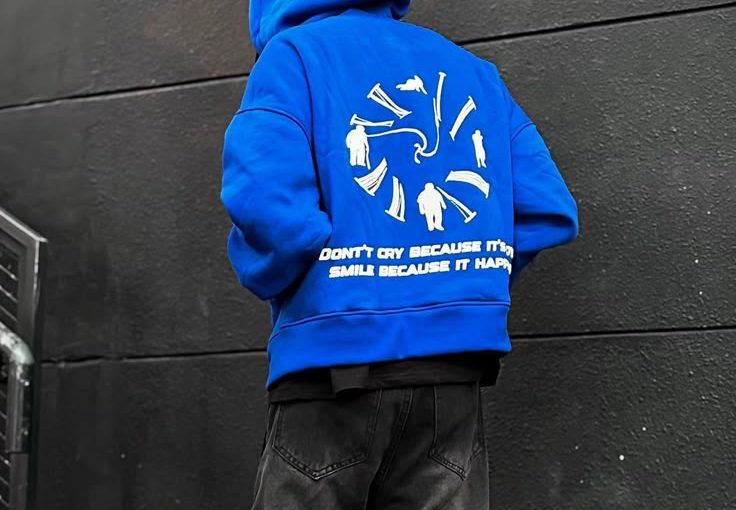Introduction
In a world increasingly defined by algorithms, artificial intelligence, and interconnected networks, the realm of fashion is undergoing a profound transformation. Design is no longer solely the product of sketchbooks and fabric swatches—it now emerges from lines of code, machine learning patterns, and data visualizations. This new frontier, often referred to as “Code Couture,” represents the fusion of digital intelligence and sartorial creativity. It is where cutting-edge technology converges with aesthetic intent to redefine how clothing is conceptualized, created, and experienced. As we step deeper into the era of intelligent design, fashion is no longer just worn—it is programmed.
The Evolution of Digital Fabrication
Before the digital age, the creation of garments was rooted in tactile craftsmanship, with artisans employing traditional techniques passed down through generations. With the advent of computer-aided design (CAD), fashion took its first step into the digital realm. Now, with innovations like 3D printing, parametric design, and generative algorithms, the possibilities have expanded exponentially. These tools allow designers to manipulate complex structures with precision, creating garments that respond to environmental data or conform to a wearer’s biometric information. Materials can now be digitally engineered for texture, movement, and sustainability in ways never previously imaginable.
Algorithmic Design and Creative Autonomy
One of the most intriguing aspects of Code Couture is the use of algorithms to generate design variations based on input parameters. These systems do not replace the designer; rather, they augment the creative process by offering a limitless range of possibilities. Designers can input color palettes, mood boards, or cultural references, and the algorithm will generate patterns, silhouettes, and textiles that align with the intent. This method challenges the traditional notion of authorship and creative control, pushing the boundaries of what it means to be a designer in the 21st century.
AI Stylists and Data-Driven Personalization
Artificial intelligence is also reshaping how fashion is consumed. Virtual stylists powered by AI analyze an individual’s preferences, body type, and social media behavior to curate personalized wardrobes. These systems learn from users’ interactions and improve over time, offering increasingly refined recommendations. By leveraging large datasets, fashion brands can create hyper-personalized experiences that enhance consumer satisfaction and foster brand loyalty. This shift towards individualization is redefining mass fashion, transforming it into a nuanced dialogue between user and brand.
Generative Fashion and Machine Learning Aesthetics
Generative design leverages machine learning models trained on vast datasets of fashion imagery, cultural trends, and historical styles. These models can create entirely new aesthetics that blend diverse influences in unexpected ways. Designers collaborate with these intelligent systems to co-create garments that reflect a fusion of human intuition and machine intelligence. The result is a new design language that feels simultaneously futuristic and rooted in cultural memory, reflecting both computational logic and emotional resonance.
Wearable Tech: From Concept to Code
The integration of smart technology into garments represents a crucial component of Code Couture. Clothing embedded with sensors, conductive fibers, and microcontrollers can monitor vital signs, adjust temperature, or even interact with other devices. These wearable innovations not only serve functional purposes but also open new avenues for expressive design. Tech-enabled textiles allow for dynamic color changes, responsive textures, and interactive surfaces. As a result, fashion becomes a living interface, merging the digital and physical in unprecedented ways.
Blockchain, NFTs, and Digital Ownership
In the digital fashion landscape, ownership and authenticity are being redefined through blockchain technology and non-fungible tokens (NFTs). Designers can now issue unique digital garments or accessories that are traceable, limited-edition, and tamper-proof. These digital assets can be worn in virtual environments, traded in online marketplaces, or showcased as part of a personal digital archive. This shift has sparked a new economy of digital fashion collectors and creators, bridging the gap between gaming, art, and high fashion.
Sustainability in the Age of Code
Data-driven design also contributes to more sustainable practices in the fashion industry. Through predictive analytics, designers can anticipate demand, reducing overproduction and waste. Digital prototyping and on-demand manufacturing further minimize environmental impact. Additionally, algorithms can help identify low-impact materials or streamline supply chains to reduce carbon footprints. Code Couture thus offers a pathway toward responsible innovation, where efficiency and creativity coexist in harmony.
Education, Access, and Democratization
The rise of Code Couture is influencing fashion education and expanding access to design tools. Open-source platforms and online design software enable emerging creatives to experiment with code-based fashion without expensive infrastructure. Educational institutions are adapting curricula to include digital literacy, programming, and AI ethics, preparing the next generation of designers to thrive in a tech-driven industry. This democratization of fashion design fosters a more inclusive landscape, where innovation is no longer restricted to elite institutions or established brands.
The Future of Code-Infused Fashion
As we look forward, Code Couture will continue to evolve, driven by advancements in computing power, data science, and interdisciplinary collaboration. We may see garments that adapt in real-time to emotional states, AI co-designers with distinct aesthetics, or digital wardrobes that transcend physical limitations. Fashion shows may unfold in augmented reality spaces, and clothing may become a form of digital identity in virtual social ecosystems. The very definition of fashion is being rewritten—not by needles and thread alone, but by scripts and syntax.
Conclusion
Code Couture marks a paradigm shift in the fashion industry, one that merges data with design, intuition with automation, and tradition with innovation. It challenges our perceptions of creativity, authorship, and identity, urging us to reconsider what it means to create and wear clothing in the digital age. As fashion continues to entwine itself with technology, the runway of tomorrow will not only be a place of aesthetic display but also a domain of algorithmic intelligence and coded expression. In this brave new world, the line between fabric and firmware continues to blur, heralding a future where style is programmed, personalized, and perpetually evolving.

